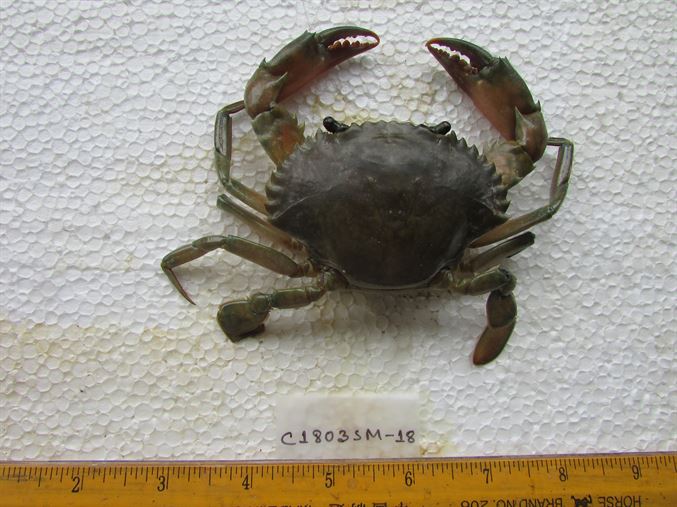
Labcode: C1803SM-18
Photo: ABR Lab
Ahmed ATA, Kabir SMH, Ahmad M, Rahman AKA, Haque EU, Ahmed ZU, Begum ZNT, Hassan MA, Khondker M (Eds.) (2008) Encyclopedia of Flora and Fauna of Bangladesh, Vol. 18. Part II. Arthropoda: Crustacea. Asiatic Society of Bangladesh, Dhaka, 226 pp
